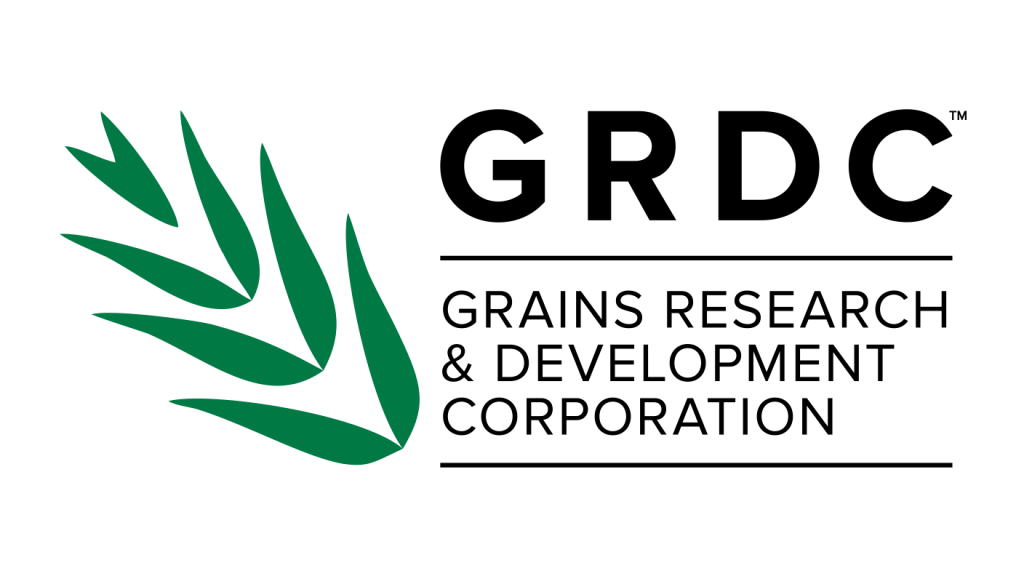
This project was made possible due to GRDC investment.
Wheat is traditionally not grown in large areas throughout the Great Southern Western area primarily due to the high risk of frost damage. There are several key outcomes that were realised from the project and will aid in bringing long season wheats into rotation into this region, which are:
Reaching yield potential – Yields in the Western Great Southern region due to the seasonal conditions have been considered to have room for improvement. Long season wheats are generally higher in yield potential than spring wheats. The project has demonstrated the superior yield potential that can be reached through the use of these crops eg 8.40 MT/Ha of Accroc.
Early sowing strategy – Spring wheats are often delayed in sowing to avoid the frost window at flowering. This delay in sowing can reduce yield potential and increase the reliance on a good finish. Long season wheats offer the option for early sowing with a reduced risk of frost damage by pushing out the time of flowering.
Increased herbicide options – Wheat increases the options available to growers in terms of herbicide options which will be important to producers who are 100% dropping or increasing there cropping.
Reduced frost risk – Frost risk remains the main driver for growers not wanting to grow wheat. Long season wheat varieties have been shown to reduce the susceptibility of wheat to frost throughout the project. Long season wheats will increase growers’ confidence in growing wheat in this region in future seasons.
Eastern Albany Zone – Offers a good early season wheat option which allows growers to capture yield potential in seasons with an early break with a reduced frost risk.
The project has seen very good interest from growers throughout the region and growers have expressed intentions to increase the area of long season wheat in coming seasons. As the production knowledge gaps are narrowed and grower confidence in the long season wheat packages improve it is expected long season wheats will be a key part of growers rotation.
Further work
There has been a considerable amount of work conducted into the place of long season wheats into the rotation in the south western regions of WA. Typical of any project, while this project has provided some answers, it has also generated the need for further work which includes:
Agronomy Package – Seeding rates, nutrient packages and time of sowing (germination) all require further understanding and more work across different seasons.
High yield suites – The project demonstrated the yields these wheats can achieve, which is very exciting for growers in this region. There is a requirement for developing a best practice high yielding agronomic package that growers can use to maximise the yield potential of these wheats within their rotation.
Frost risk comparison to other crop types – Oats and barley are grown in low lying frost prone areas. While long season wheats are less frost prone than spring wheats, it remains unknown their fit compared to alternate crops, especially when sown early.

